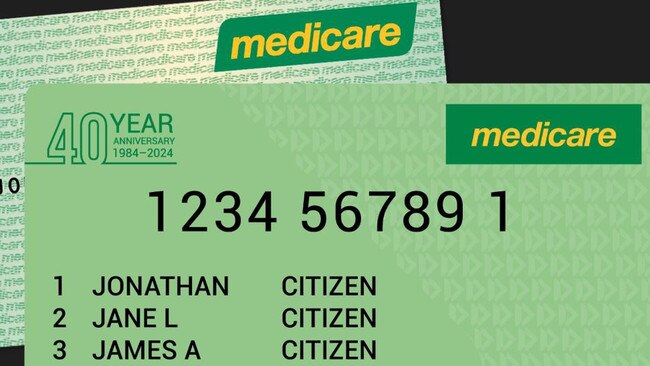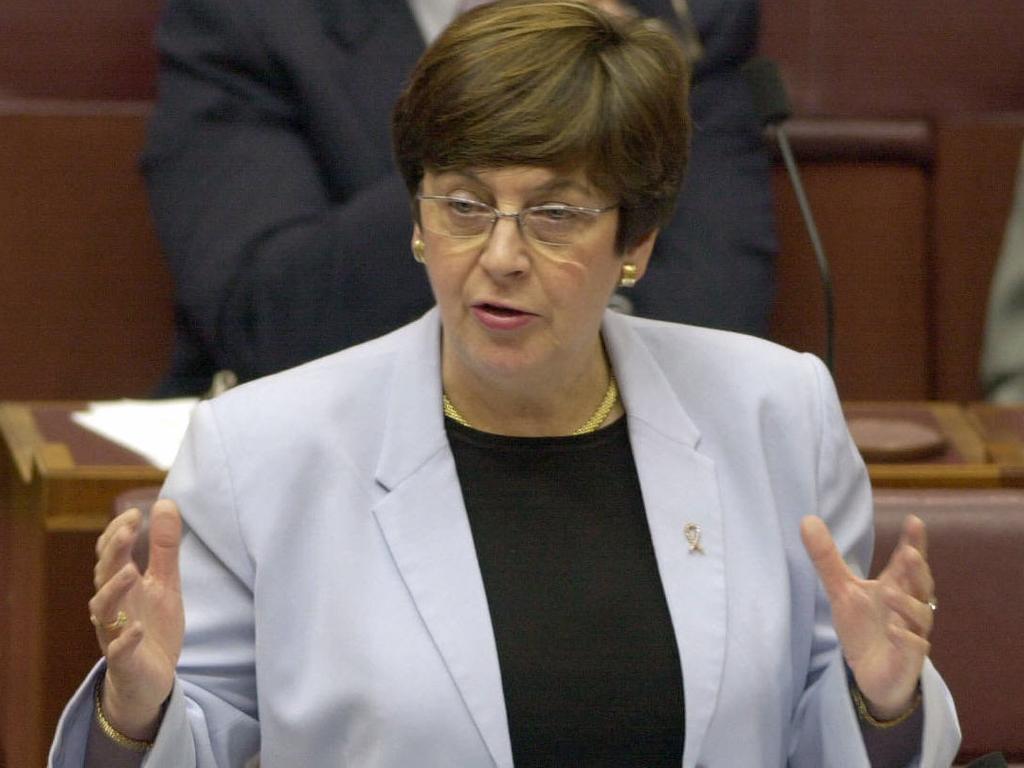At 40, Medicare’s a marvel but it’s time for a health check

Born in a time when many Australians smoked like trains, drank alcohol with abandon, and lived on average to 75, Medicare lives in a fundamentally different era now. While most Australians were slimmer 40 years ago, and enjoyed the benefits of a healthy weight, we did not know how to prevent and treat diseases nearly as well as we can today. These days, most Australians are overweight and suffering from chronic illness, but medical advances are helping us live on average to 85.
Our health needs and treatment options have totally changed and the system needs to adapt. So, what has been working well for Medicare?
Most people don’t realise the founding of Medicare also marked the beginning of a unique public-private health system that allowed Australians to contribute to their own private health services via insurance. This is something Australians should be deeply grateful for.
Many Australians have embraced the private system as a vital component of our Medicare system over the past 40 years, benefiting themselves directly and freeing up the public system for those who need it most. Today, 55 per cent of Australians (14.7 million) have some form of health insurance. Most members (12 million) have hospital cover. This high level of membership serves multiple purposes. It encourages people to stay well with subsidised preventive treatments, such as dental check-ups, physiotherapy for ailments that might turn into bigger problems, or psychology sessions to maintain mental health. It also provides people with access to private hospitals for emergency care, childbirth, elective surgery and cancer treatment, among others.
The fact private hospitals perform 60 per cent of elective surgery in Australia and account for 55 per cent of mental health hospital admissions shows how much pressure the private system takes off public hospitals. Without the private system for surgery alone, the public system would collapse.
This fine balance of services has contributed enormously to the success of Medicare and the world-leading health outcomes Australians have experienced.
In the UK, where 10 per cent of people have voluntary health insurance, the health system is in a permanent state of crisis. Long waiting lists for care dominate news headlines, care scandals regularly erupt, health workers frequently take industrial action, and if you walk into some of the older hospitals, the ceilings are being held up by steel props.
In contrast, an independent study of health systems by the King’s Health Fund last year reported Australia’s led the world in preventing death from treatable conditions such as strokes and cancers. The UK was one of the worst performers against comparable economies. The US has also struggled to get the balance right. Despite high rates of health insurance, the system is expensive and fragmented, and there is enormous inequity resulting in a high rate of preventable death.
The government should be congratulated for starting to modernise Medicare with urgent care centres, tripling of the bulk-billing incentive to encourage more free GP services, and the 60-day dispensing rule to reduce the cost of medicines. But with health expenditure rising unsustainably more needs to be done to reduce unnecessary costs in our public-private system. If we don’t, we will see longer waiting lists for more expensive care and a deterioration in the quality of services.
We need to stamp out fraud through continuous monitoring of bulk-billing rates and out-of-pocket costs. This is not being done as much as it could be. We need to increase payments for GPs to include health fund contributions, so GP clinics can expand and keep more people out of hospital. We need to incentivise out-of-hospital care options and shorter hospital stays so more people receive services at home. This will allow hospitals to treat more people faster.
We must reduce “low-value care” such as surgery for chronic back pain, which is rarely required and usually ineffective; and implement a national procurement strategy to drive down the cost of generic medical implants and surgical supplies in the private system. Australians pay the world’s highest prices for medical devices due to an outdated arrangement with multinational medical technology companies, wasting hundreds of millions of dollars.
Health reform is notoriously slow because of powerful groups with vested interests. But if we want to protect our health system, it’s time for all stakeholders to put consumers’ interests first. Now is the time to start creating a health system that will age well into its 80s.
Dr Rachel David is CEO of Private Healthcare Australia.






Big birthdays are a moment for reflection. And at 40, many of us need a check-up to see what’s working well and what needs to change. For Medicare, a midlife review is in order.